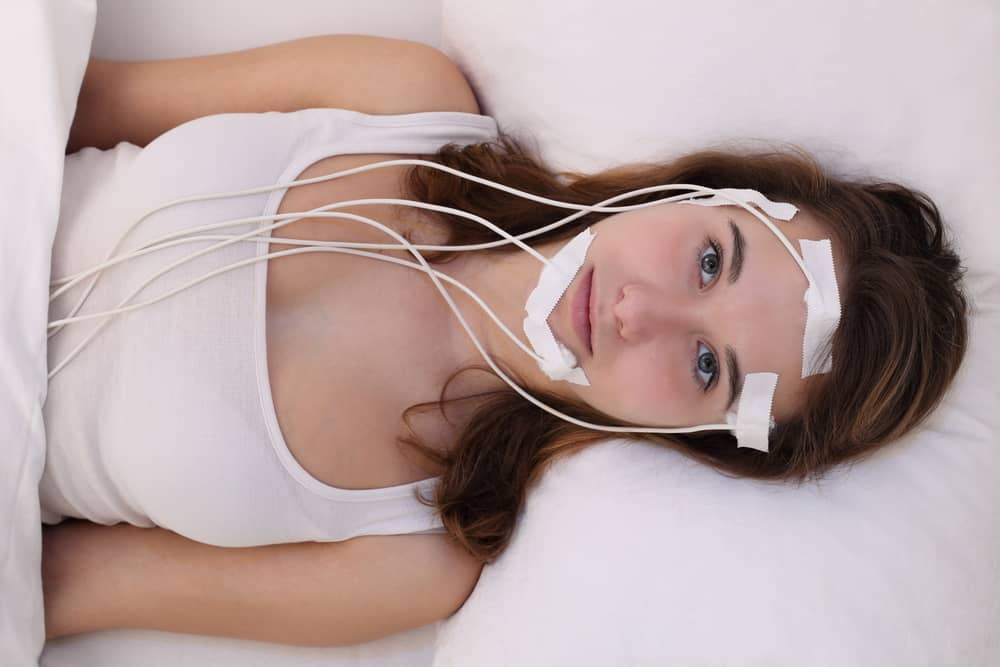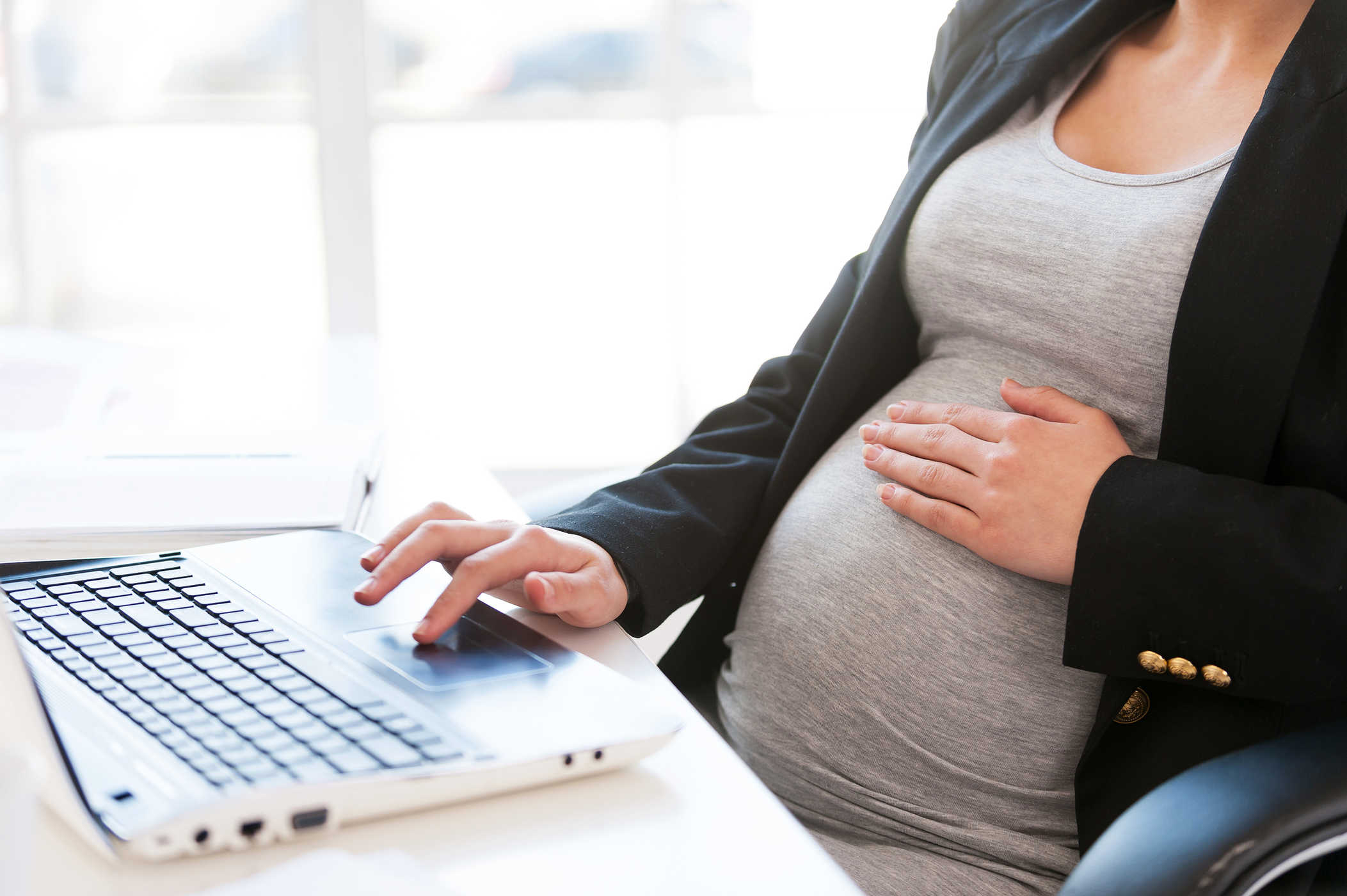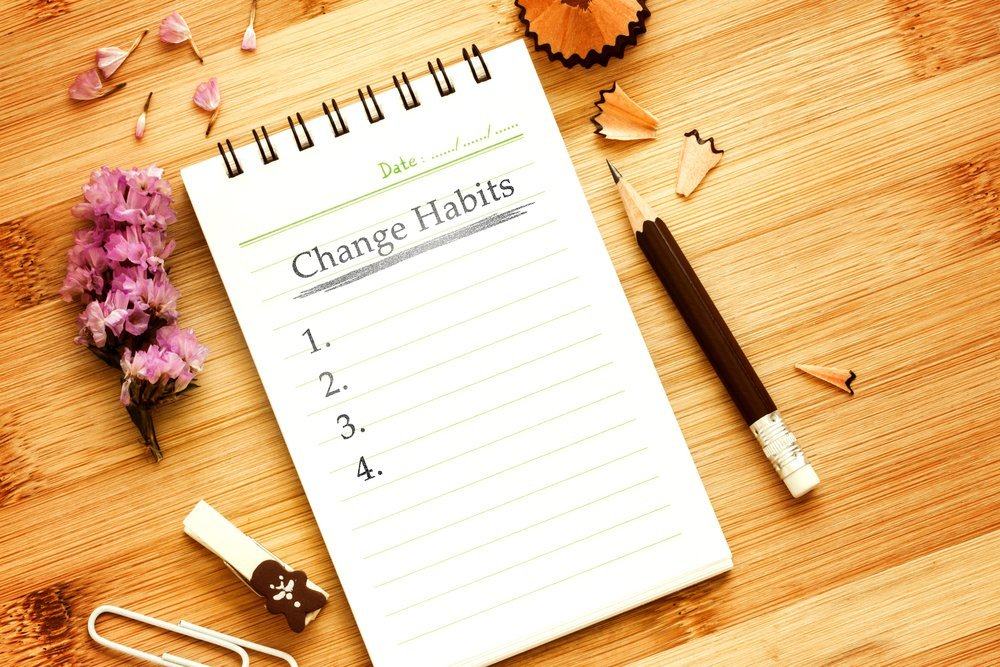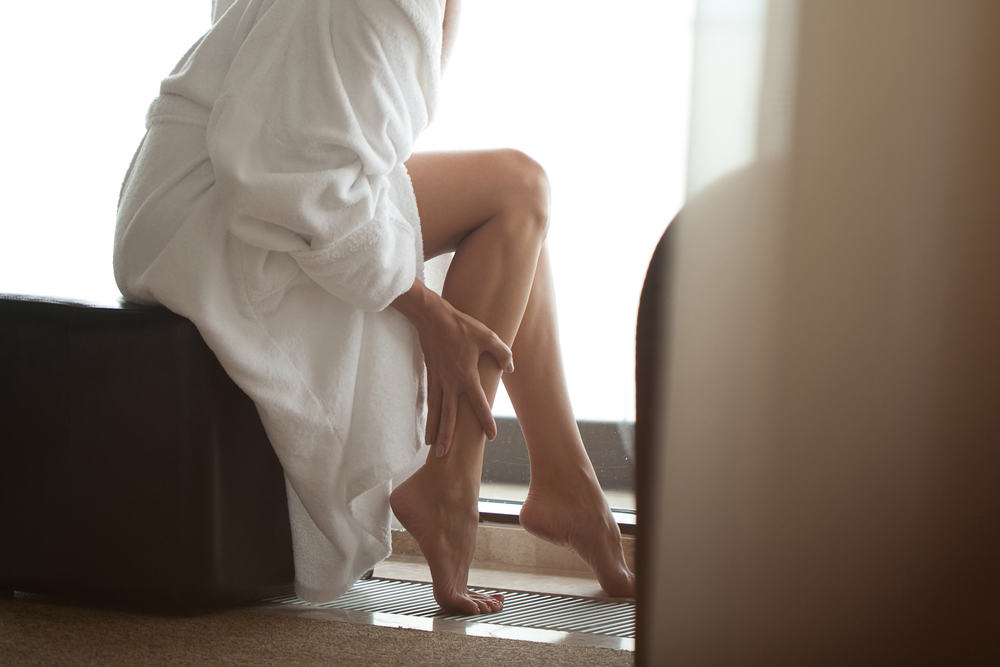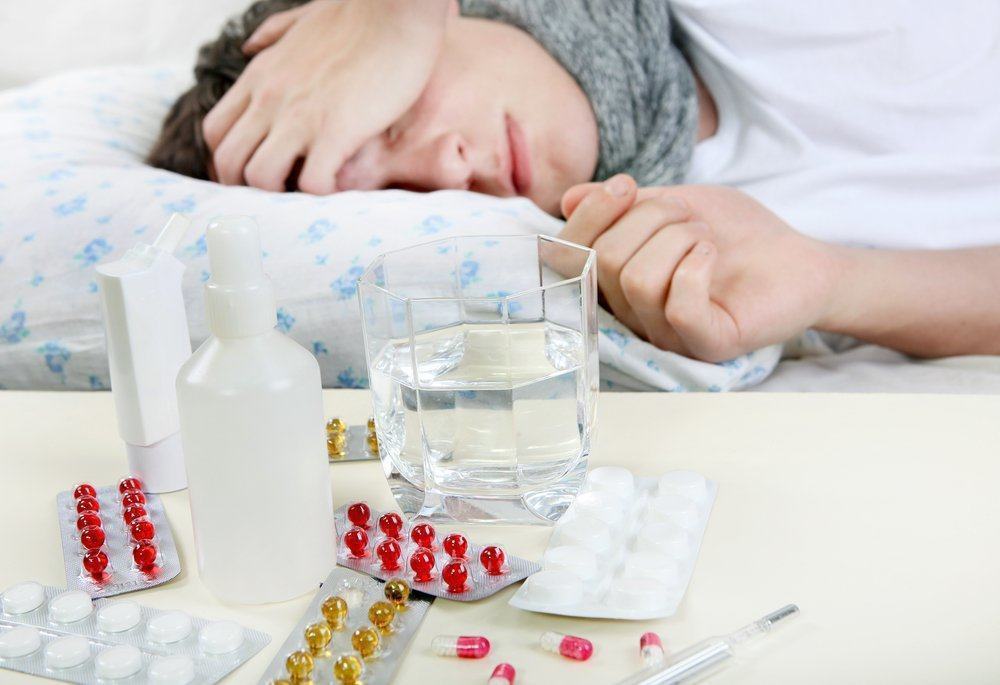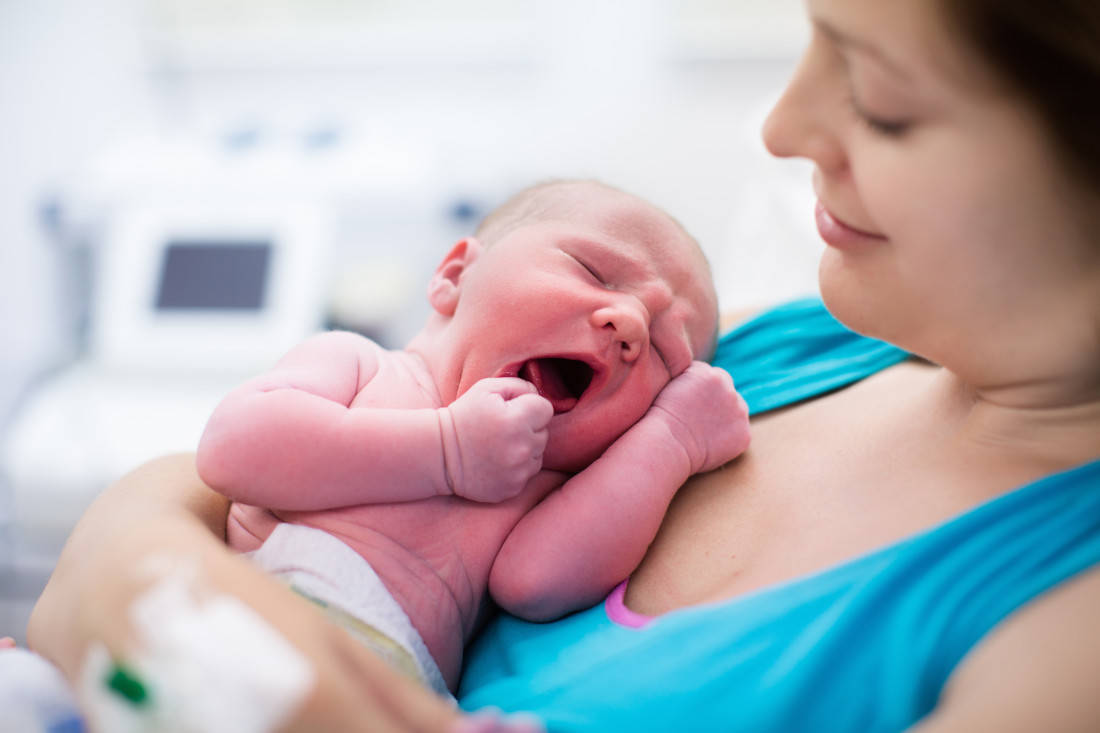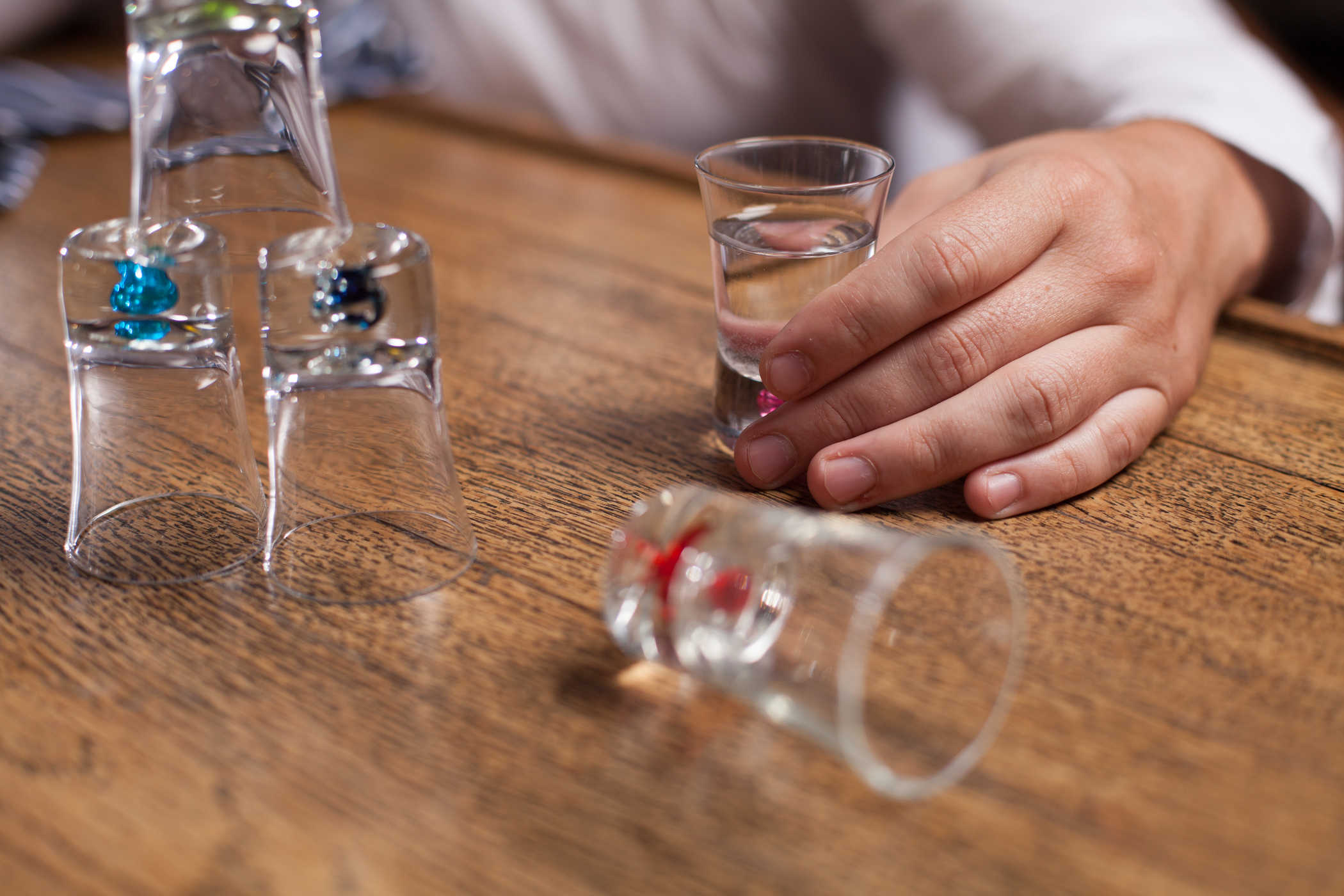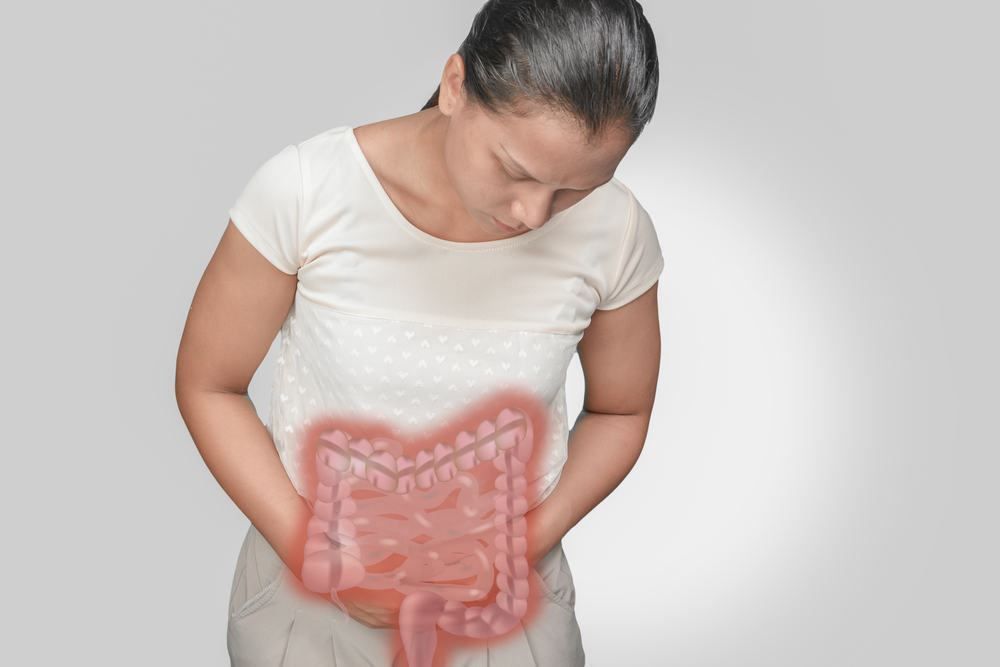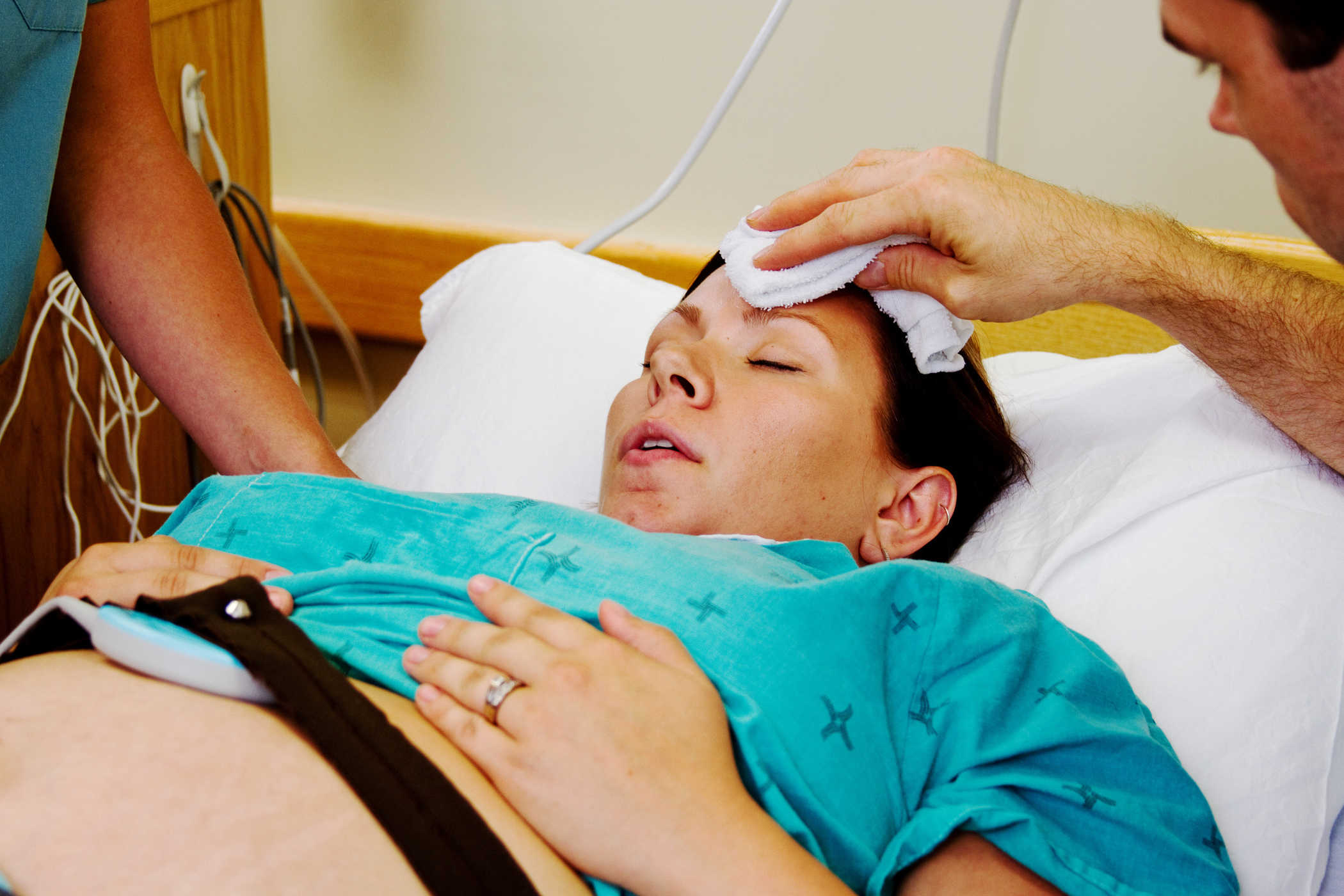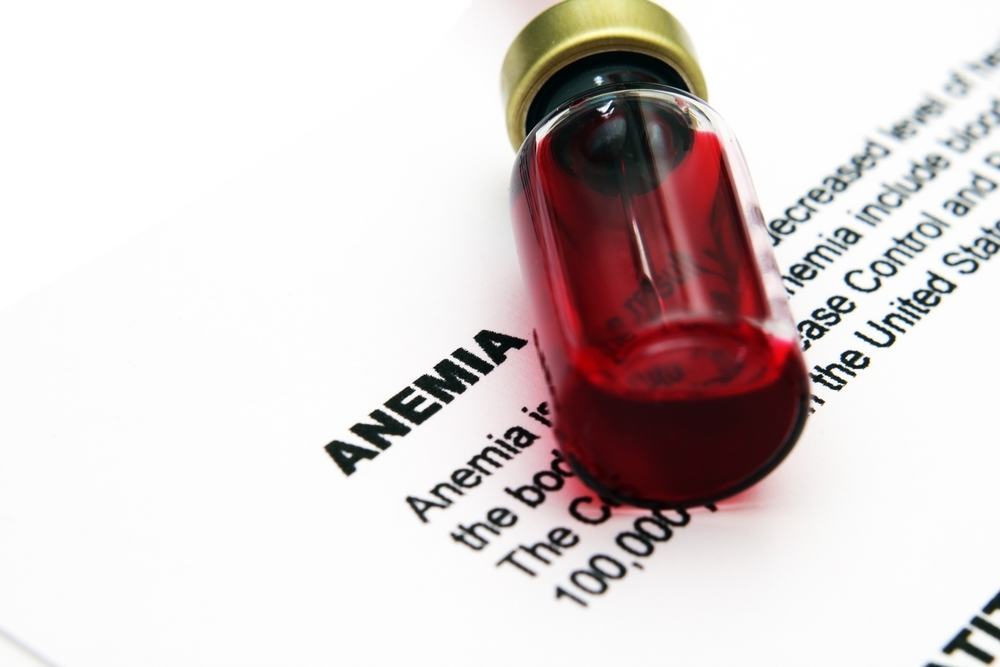Contents:
- Medical Video: Your Night in the Sleep Laboratory
- Sleep clinic, a special laboratory to deal with insomnia at night
- What is the procedure for sleeping in a sleep clinic laboratory?
- Preparations that need to be done before going to bed in a sleep clinic
Medical Video: Your Night in the Sleep Laboratory
Have you drunk warm milk, set soothing music, or slept early but still can't sleep? Maybe you need to try sleeping in the laboratory. Yes. This special laboratory is called a sleep clinic. This suggestion sounds a little strange, but it proves to be a powerful way to overcome sleepless nights. Bwhat is the procedure? Check out the full review below.
Sleep clinic, a special laboratory to deal with insomnia at night
Sleep clinic is a new innovation in the form of a laboratory aimed at dealing with various sleep disorders,including:
- Insomnia
- Sleep apnea
- Narcolepsy
- Restless leg syndrome
- Circadian rhythm disturbances (very sleepy during the day even though you have slept enough nights; often wake up in the middle of the night)
- Parasomnia
- Chronic snoring
Not all sleep disorders will be recommended for this procedure. So, consult your doctor before you decide to try to sleep in a sleep clinic.
After the doctor decides that you have to undergo the procedure sleep clinicYour doctor will ask you to write down some information about your sleep habits. For example, when you start sleeping, how long is your sleep, how many times you wake up at night, what has been done to overcome sleep disorders, and so on. The doctor then uses the information to compare between your habits while sleeping at home and the sleep laboratory.
What is the procedure for sleeping in a sleep clinic laboratory?
You might imagine going to sleep on a comfortable mattress like a hotel, but the appearance of a sleeping room in a sleep clinic laboratory is like a hospital ward in general. You will be laid as comfortable as possible on the bed while paired with a set of tools that will monitor brain activity, eye movements, heart rate, snoring, body movements and more as long as you fall asleep
There are three tools that can help doctors deal with your night's insomnia, including:
- Polysomnography (PSG) for record brain activity, eye movements, heart rate, blood pressure, oxygen level, and patient's body movements. PSG can help diagnose sleep apnea, seizures during sleep, restless leg syndromeand excessive daytime sleepiness (EDS).
- Multiple Sleep Latency Test (MSLT) for measure sleepiness and your respiratory distress. MSLT is usually used in conjunction with polysomnography. This tool can help diagnose narcolepsy by monitoring brain activity and the patient's eye movements.
- Maintenance of Wakefulness Test (MWT), tests to measure your readiness to stay up during the day. Results from MWT are usually very important for transport workers
Each of these devices has an electrode sensor that will be affixed to some parts of your body, including:
- Scalp, to measure brain activity and assess the stage of sleep
- The face is close to the eyes and chin, to measure muscle activity and eye movements
- Chest and abdomen, to measure breathing activity
- Feet, to measure body movement or muscle activity
- Finger, to detect oxygen levels during the study
This procedure is not enough to be done only every day, depending on the process sleep clinic until your sleep disorder can be diagnosed and resolved gradually.
After undergoing the process sleep clinic, You may be asked to use other medical devices (such as CPAP devices), sleeping pills or stimulants that can help you overcome your night's sleeplessness.
Preparations that need to be done before going to bed in a sleep clinic
Before deciding to sleep onsleep clinic to overcome insomnia at night, you must maintain your night routine to give the best results. If you change your sleep routine, this can affect the course of the test so that the diagnosis results are inaccurate. In the end, the treatment therapy can be missed.
Therefore, do the following things to clarify the results of the diagnosis that will be useful for dealing with your sleep disorders:
- Visit sleep clinic shortly before bedtime, around 8 to 9 pm
- Make sure you have dinner and are ready to sleep.
- Take the medicines you consume.
- Bring comfortable clothes.
- Prepare mentally and try to be relaxed and comfortable.

